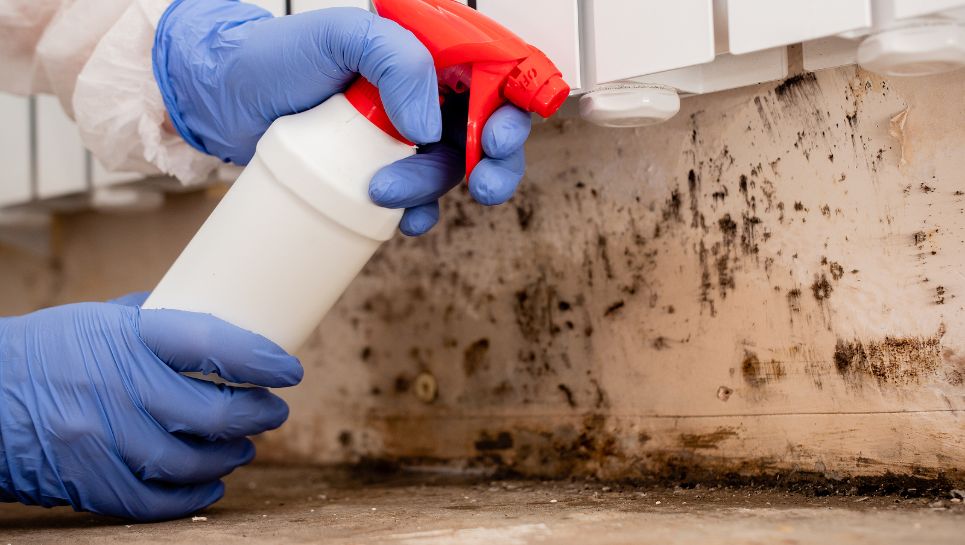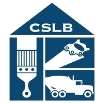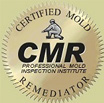So there is some black mold in your basement, laundry room, bathroom, or around that pesky damp spot in your ceiling. No problem, just grab some of that bleach you bought at the local grocery store, spray the black stuff, and in a few minutes, it turns brown, then vanishes – voila! You have killed the mold and have nothing more to worry about – right?
Bleaching Isn’t Killing
No, you bleached it you didn’t kill it. Chances are it is still there and growing like crazy. Don’t get me wrong, bleach kills mold just fine on hard surfaces like countertops, shower tiles, etc. But on porous surfaces like walls, ceilings, concrete, and wood, the chlorine gets the top of the mold, but the roots (called, “hyphae”) just go happily on, reproducing at a furious rate.
The chlorine you use around the house is only 6% chemical, the rest is water, and guess what mold roots like best? Yup, the 94% water you just fed them!
I know it sounds totally counterintuitive to everything you have learned (or seen), but even the EPA (who rates the chemicals and processes that kill mold) won’t give chlorine bleach products their seal of approval as a mold killer.
The mold remediation pros have known about this for a long time and they avoid the stuff (except sometimes as a biocide – bacteria killer).
It’s Easy To Damage Your Stuff
And worse, chlorine eats everything it touches, skin, nasal membranes, it discolors many metals, fabrics, and carpets. You already know what happens when you spill bleach on your favorite pair of slacks or antique area rug, but some folks think they might be able to use it on furniture. Unfortunately, much of our modern wood furniture is made of a nice veneer over particleboard. Particleboard swells when it is exposed to water – the same water that makes mold so happy.
Don’t Mix Chemicals
One restoration professional told us about a homeowner who decided to mix ammonia with bleach to really give black mold a run for its money. The mold didn’t seem to mind much, but the homeowner ended up being the one on the run. In World War II they mixed ammonia with chlorine to make a deadly, eye-burning, throat-searing gas that drove the enemy out of the trenches!
Let The Experts Handle It
Supraclean Water Damage has decades of experience removing mold and cleaning up water damage. Let us take care of the clean-up so you don’t have to. In other articles, we tell you more about what you can do to prevent mold, treat mold, and avoid turning wet mold into clouds of airborne particles (like what happened in a government building when workers created a “sick building syndrome” from what started out as a simple case of black mold that got dried out and “fed” into the building’s air system!) But for now, just keep in mind that chlorine bleach is okay for hard surfaces only, and only when it is used by itself (no chemical cocktails!)




